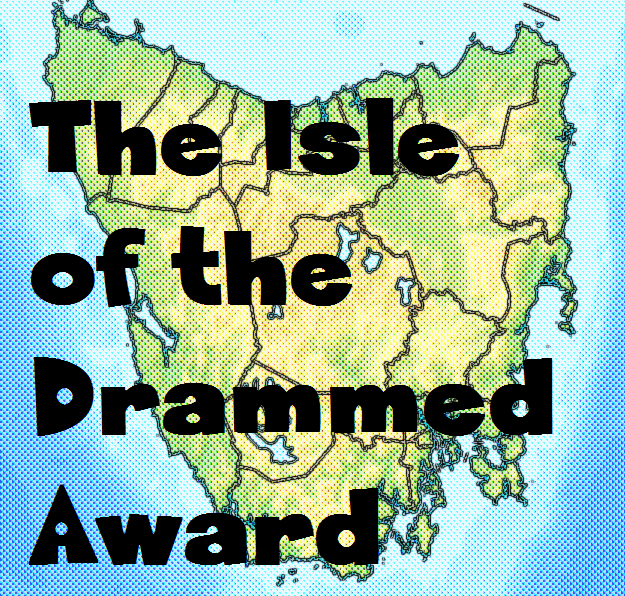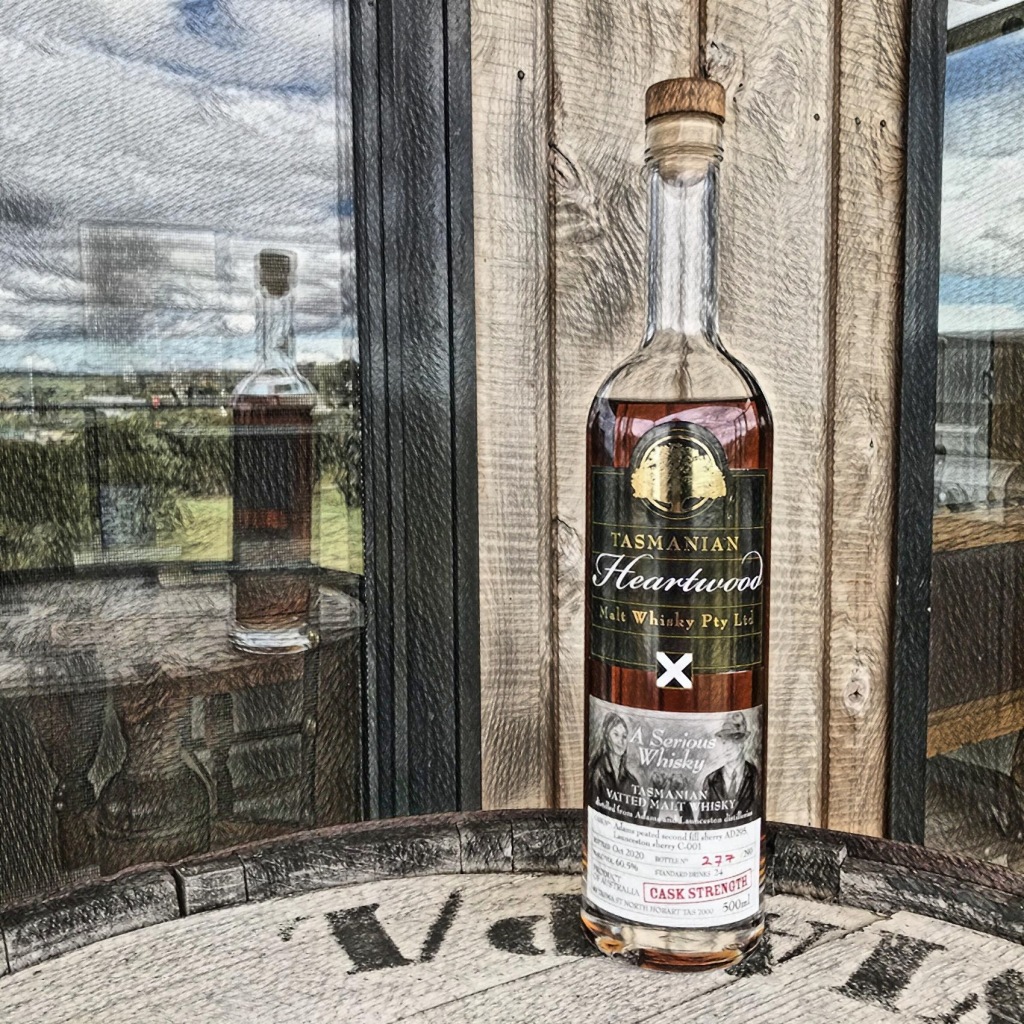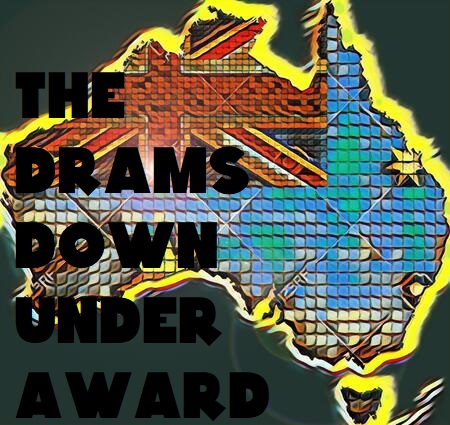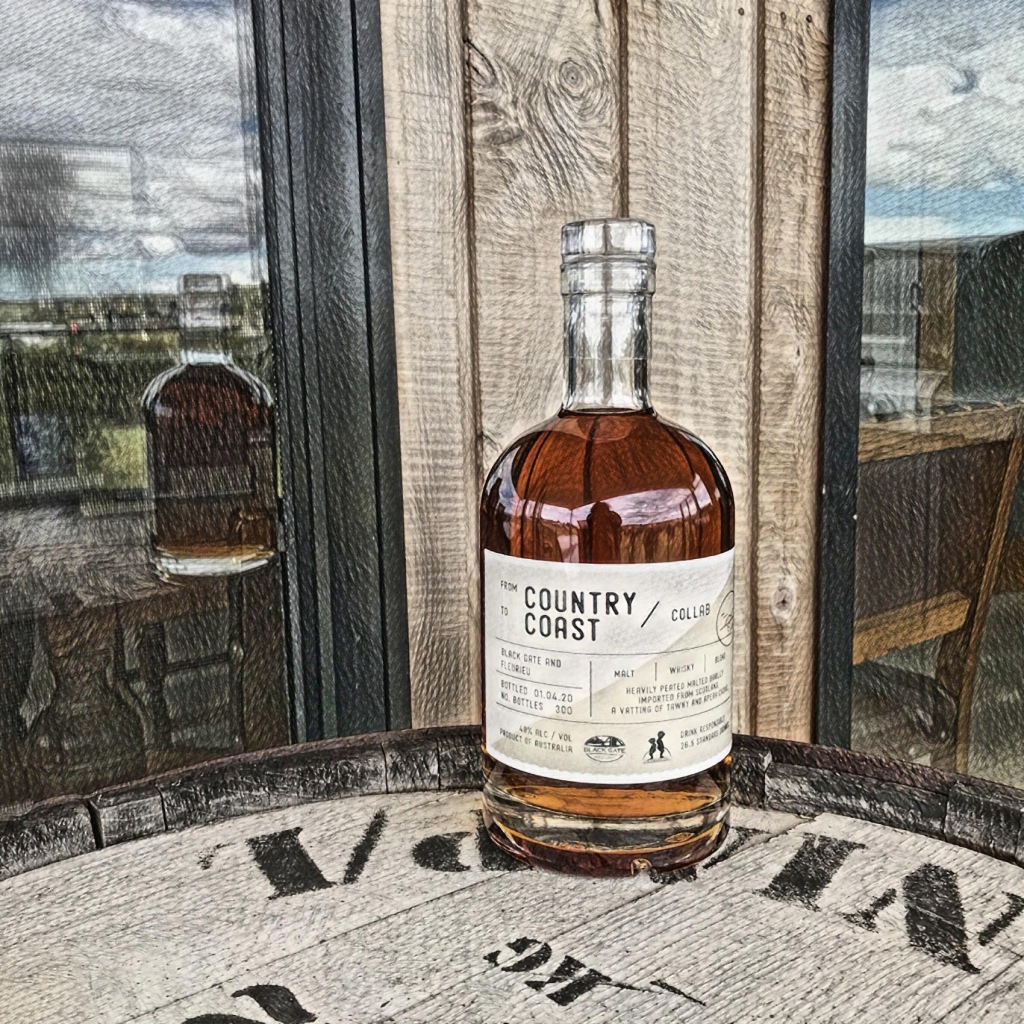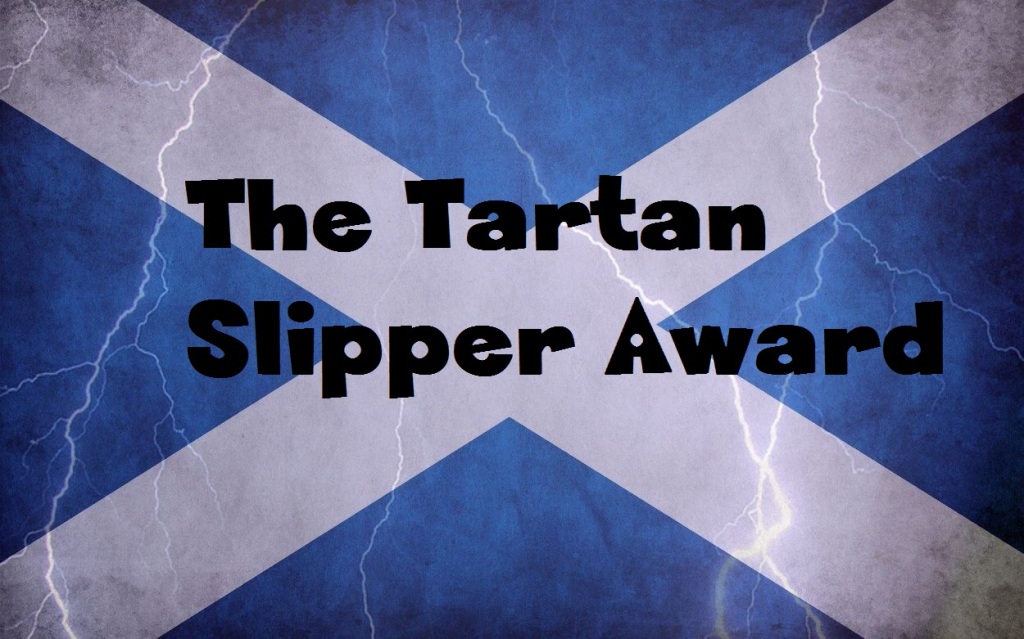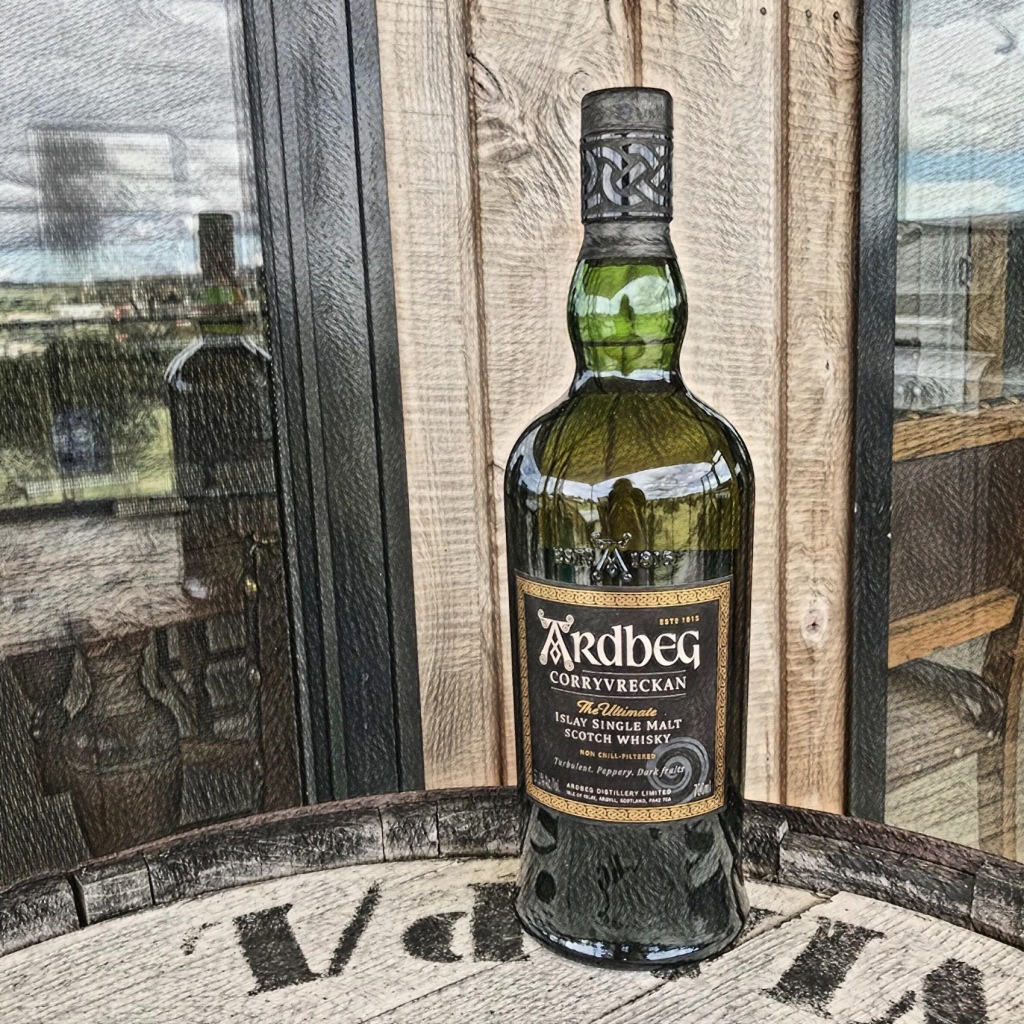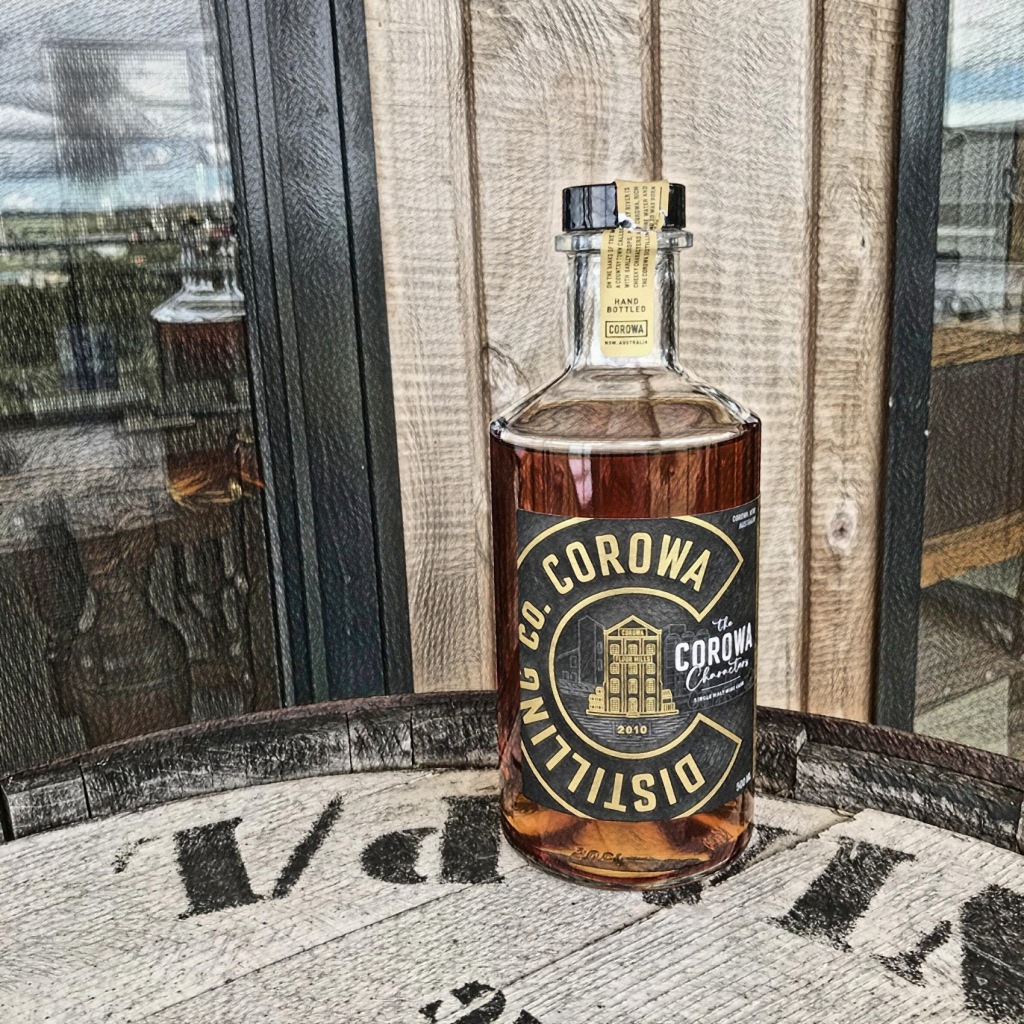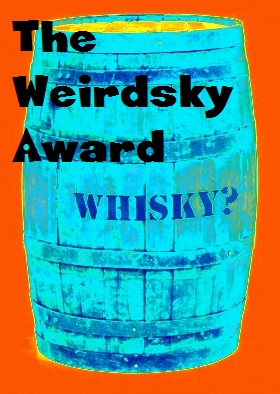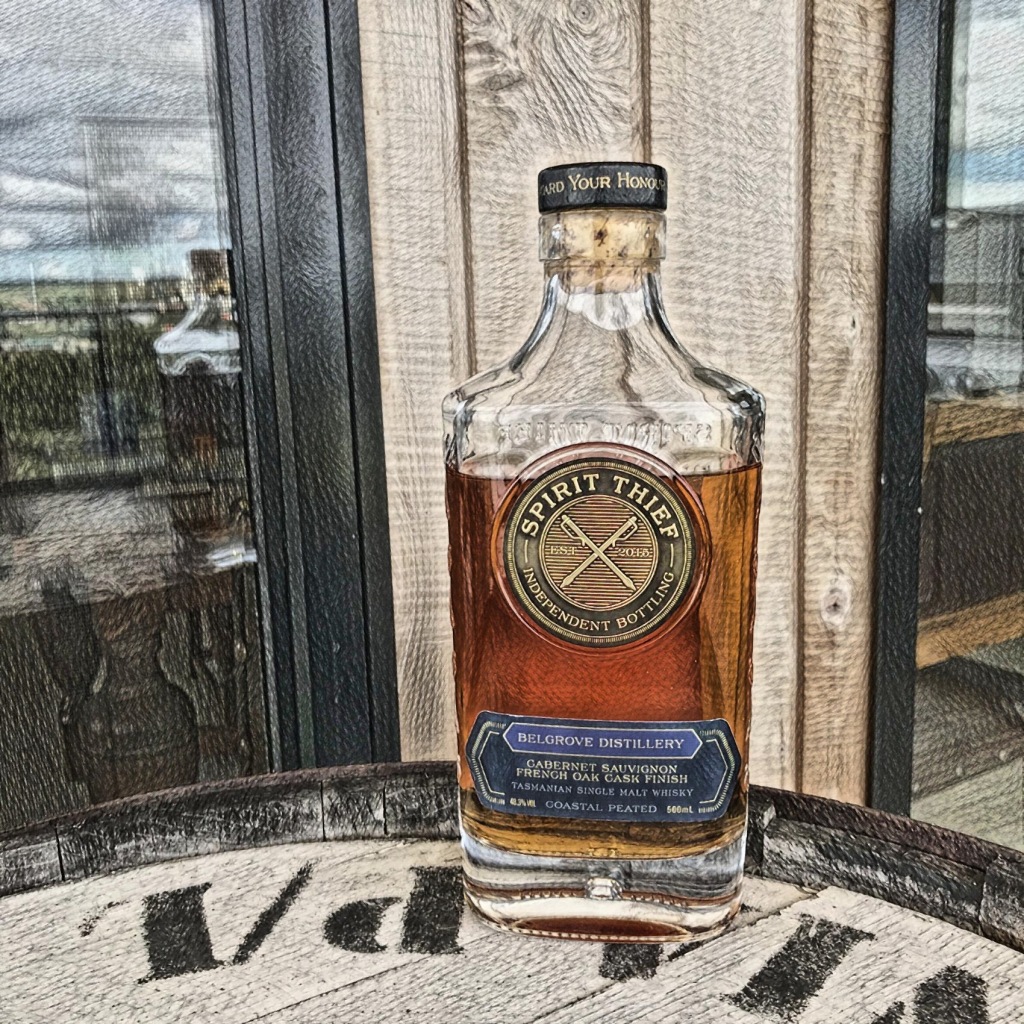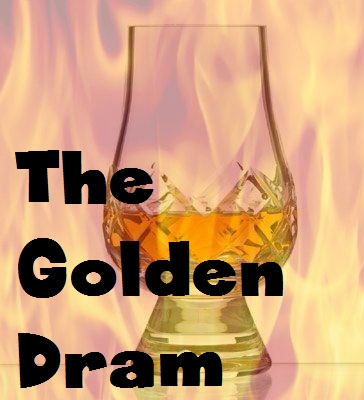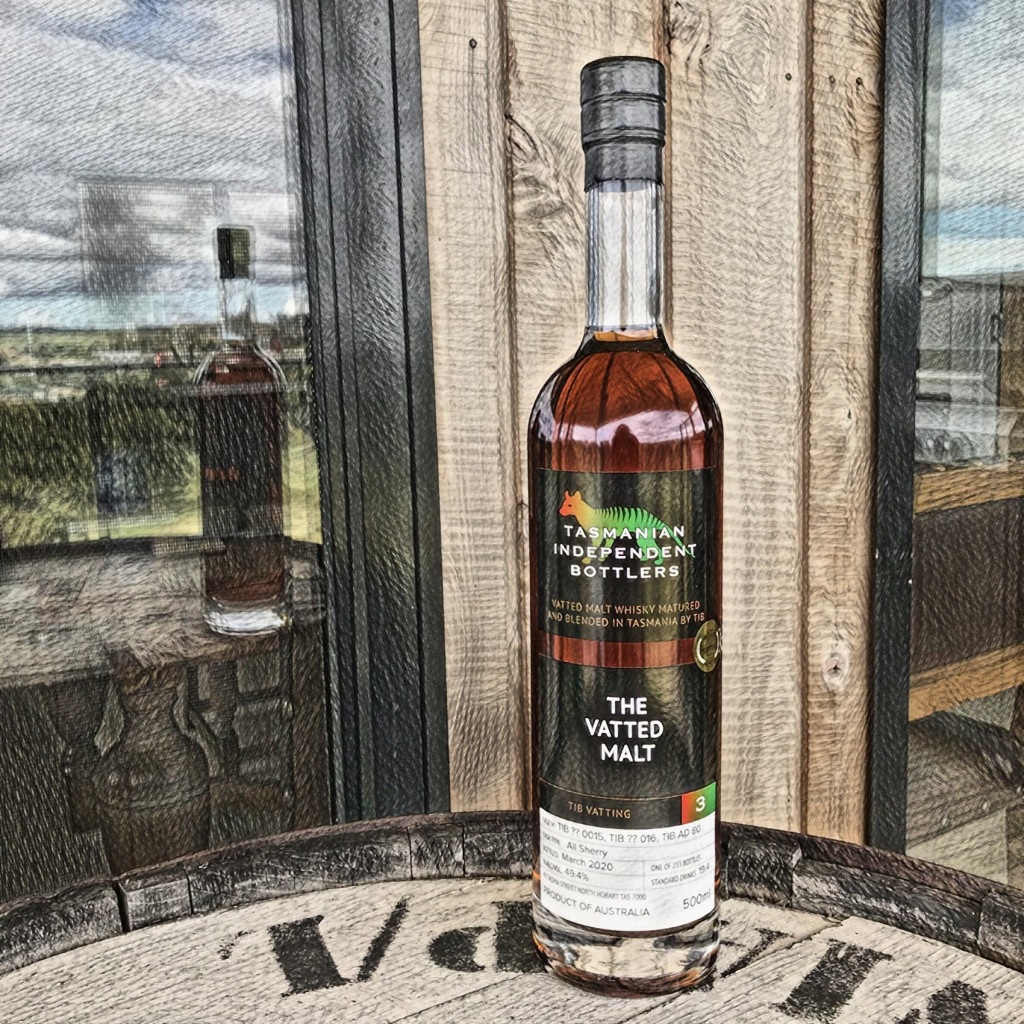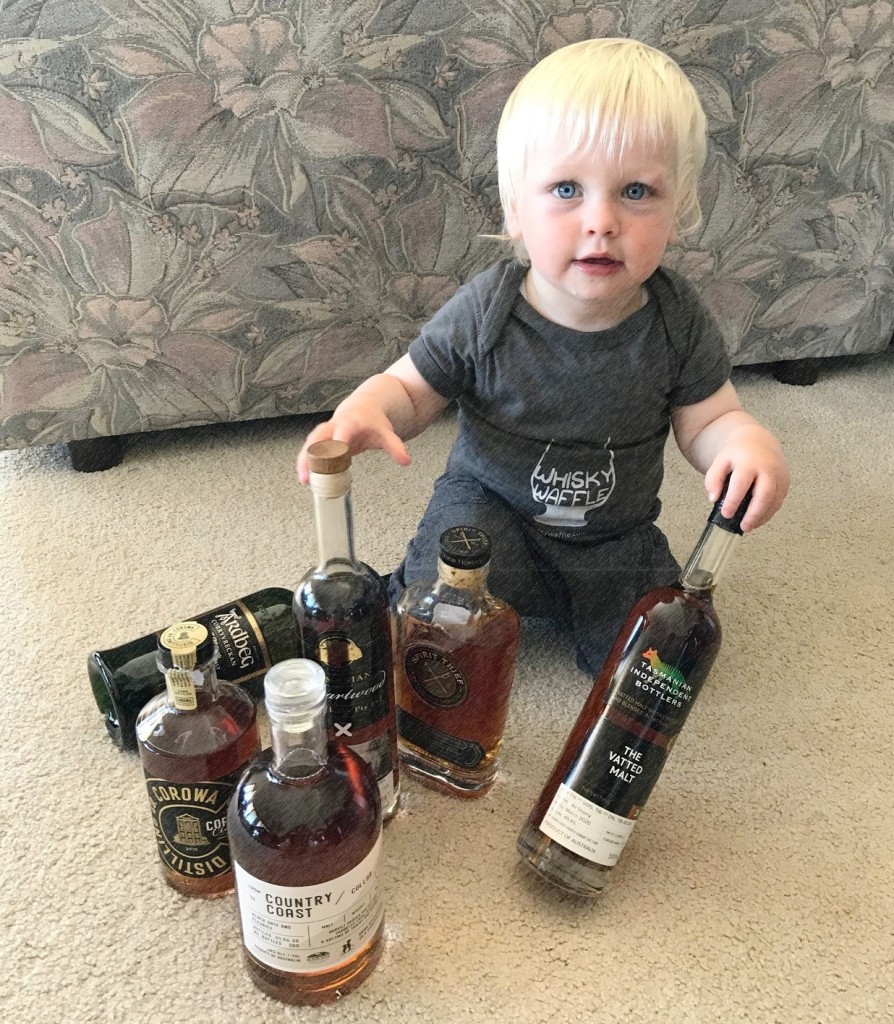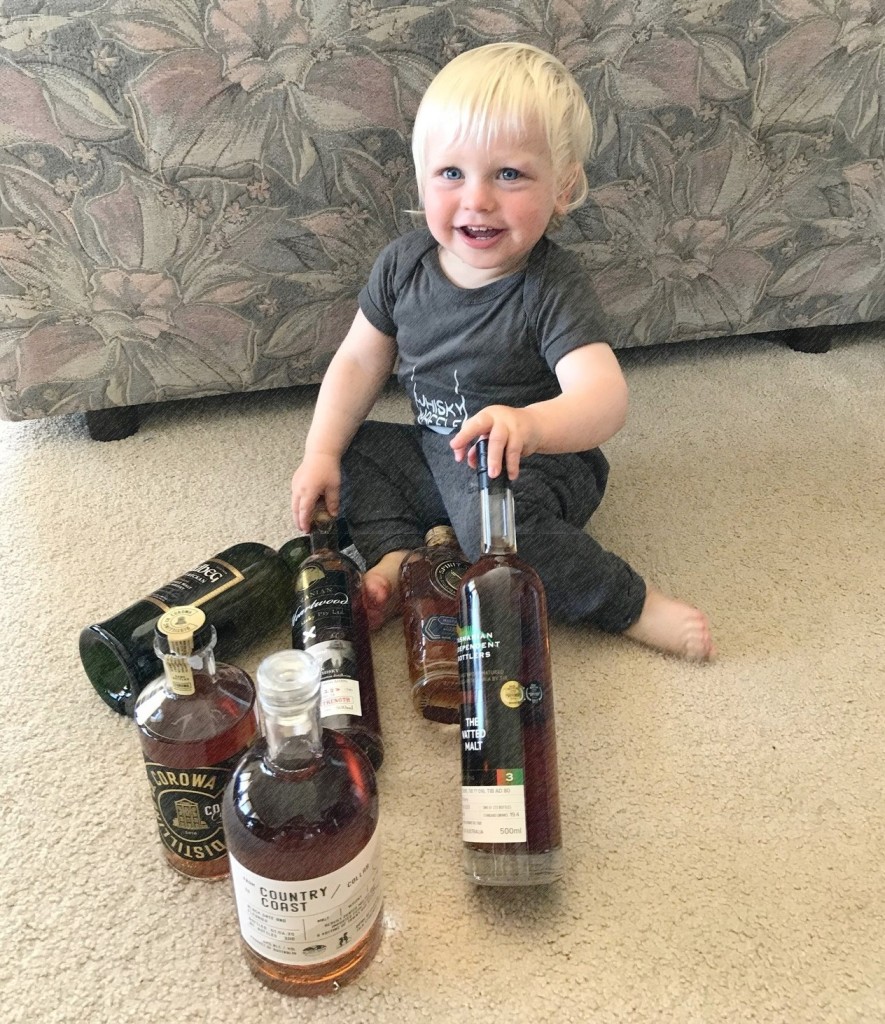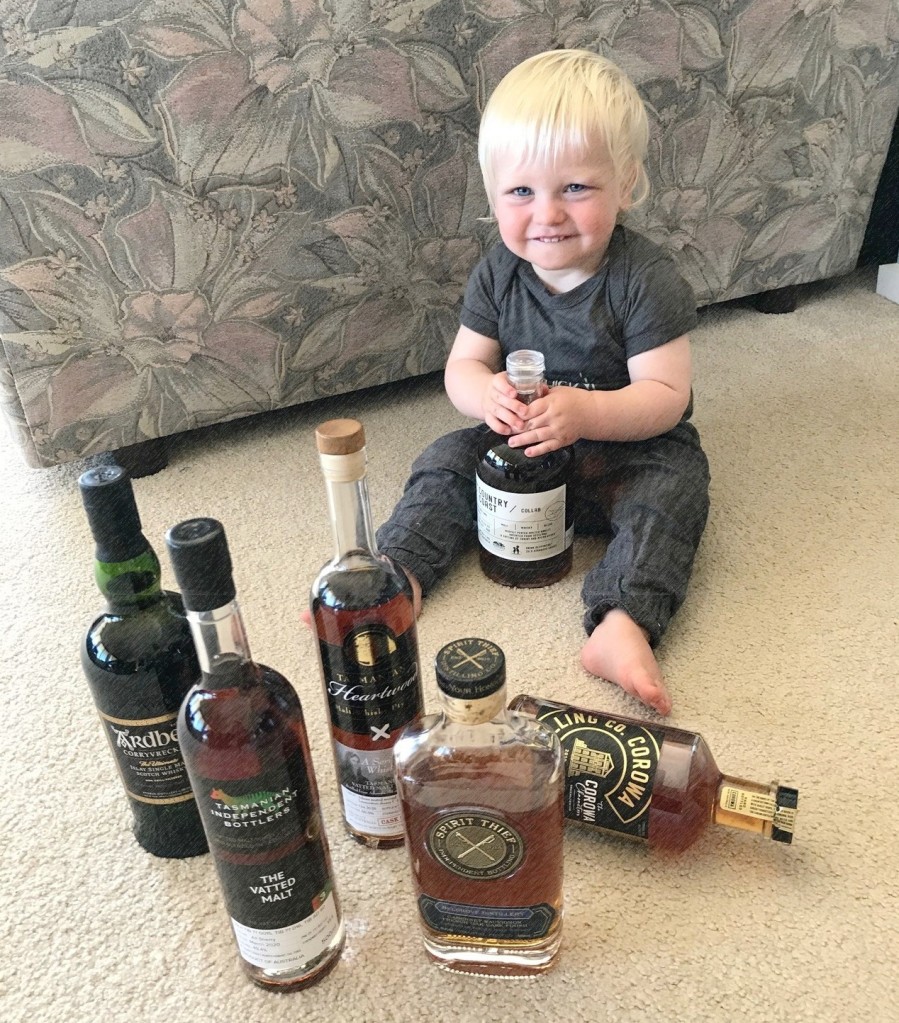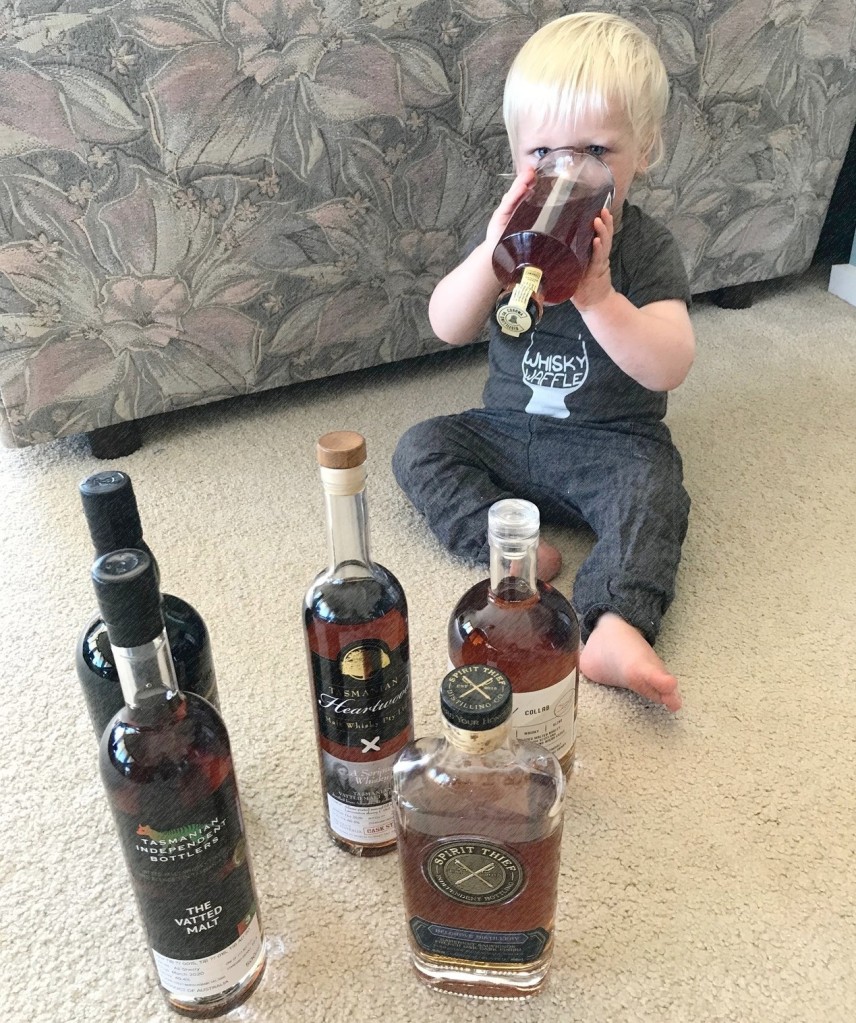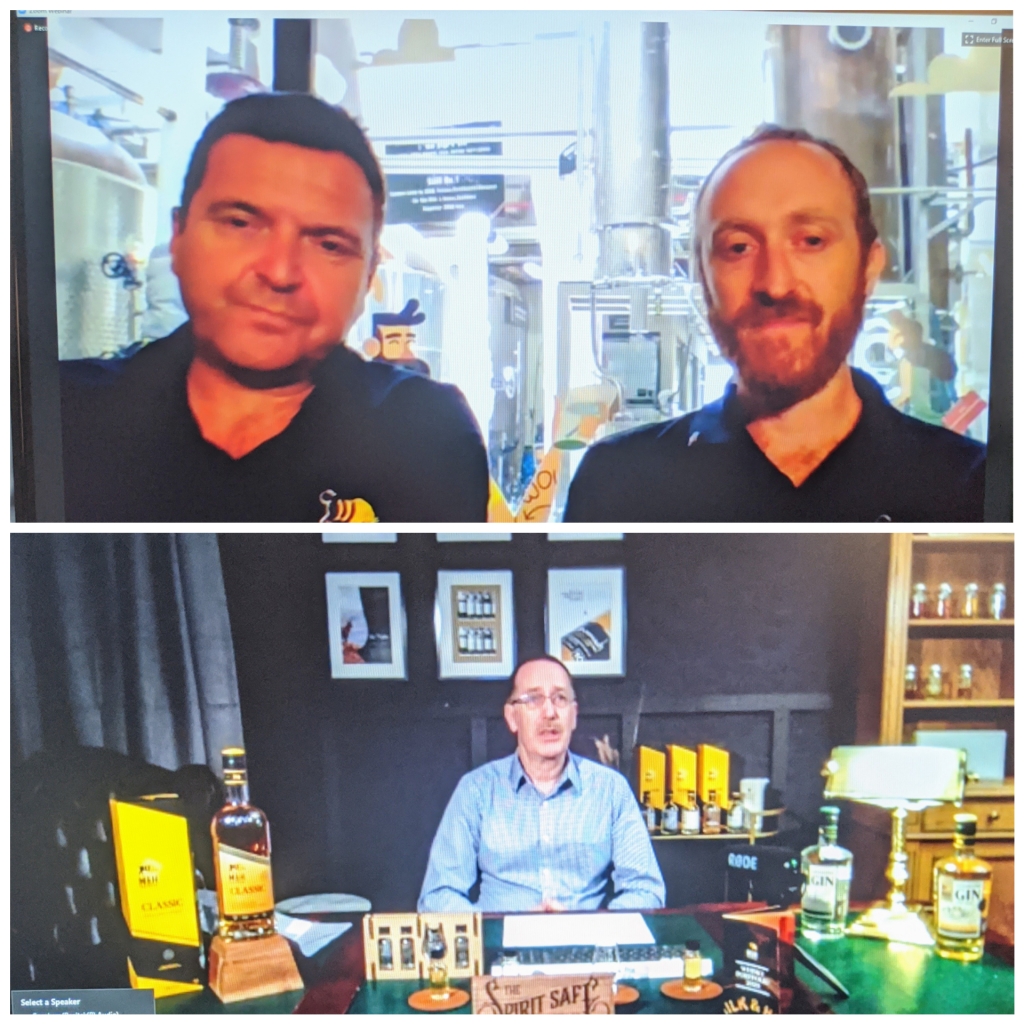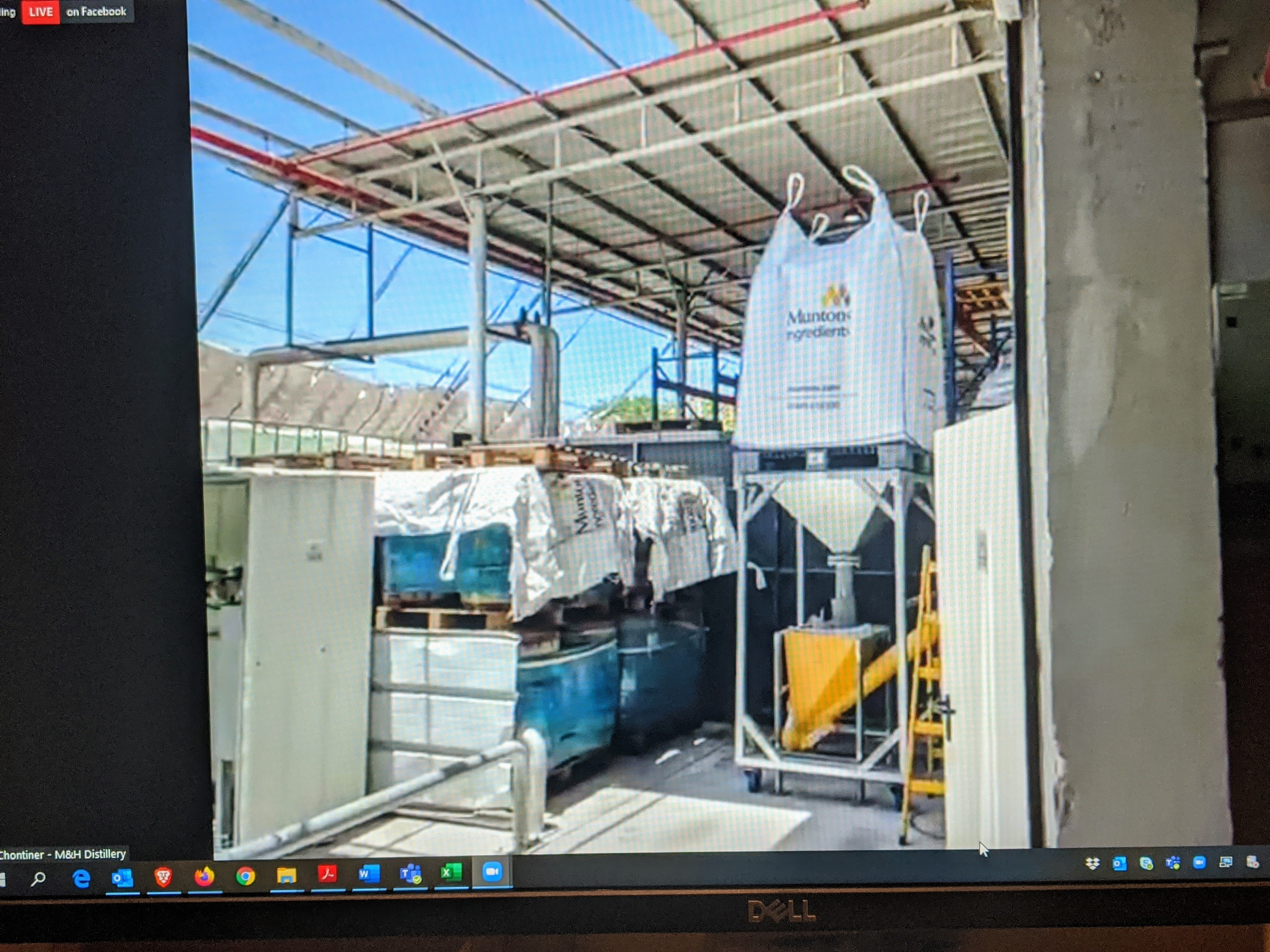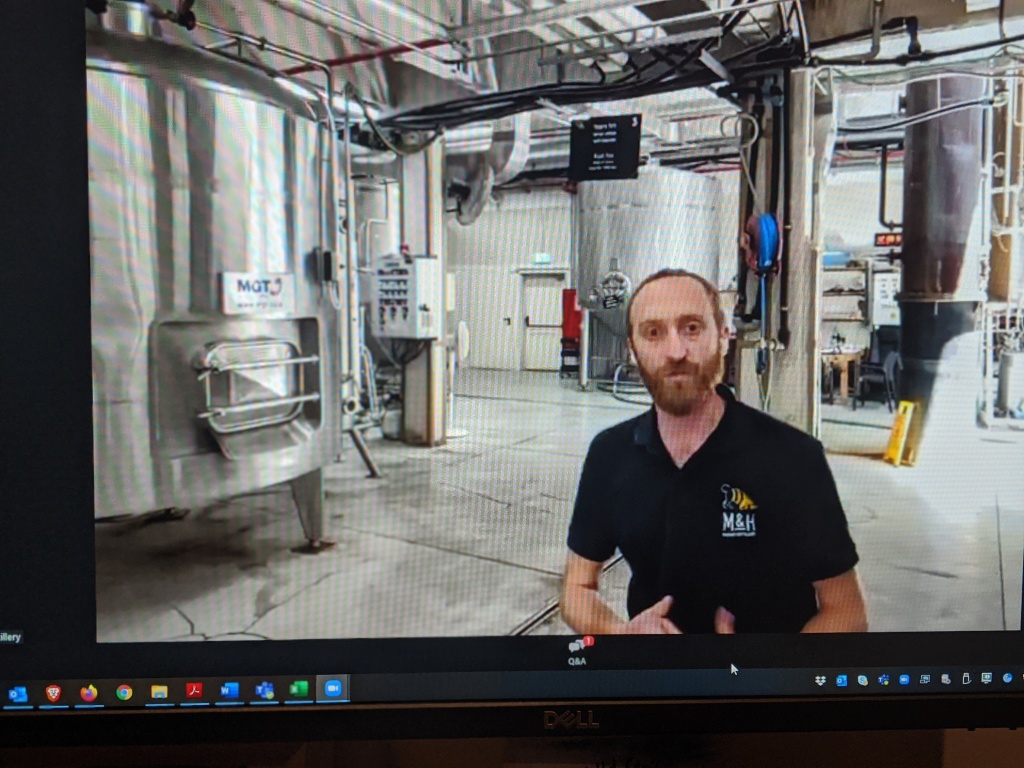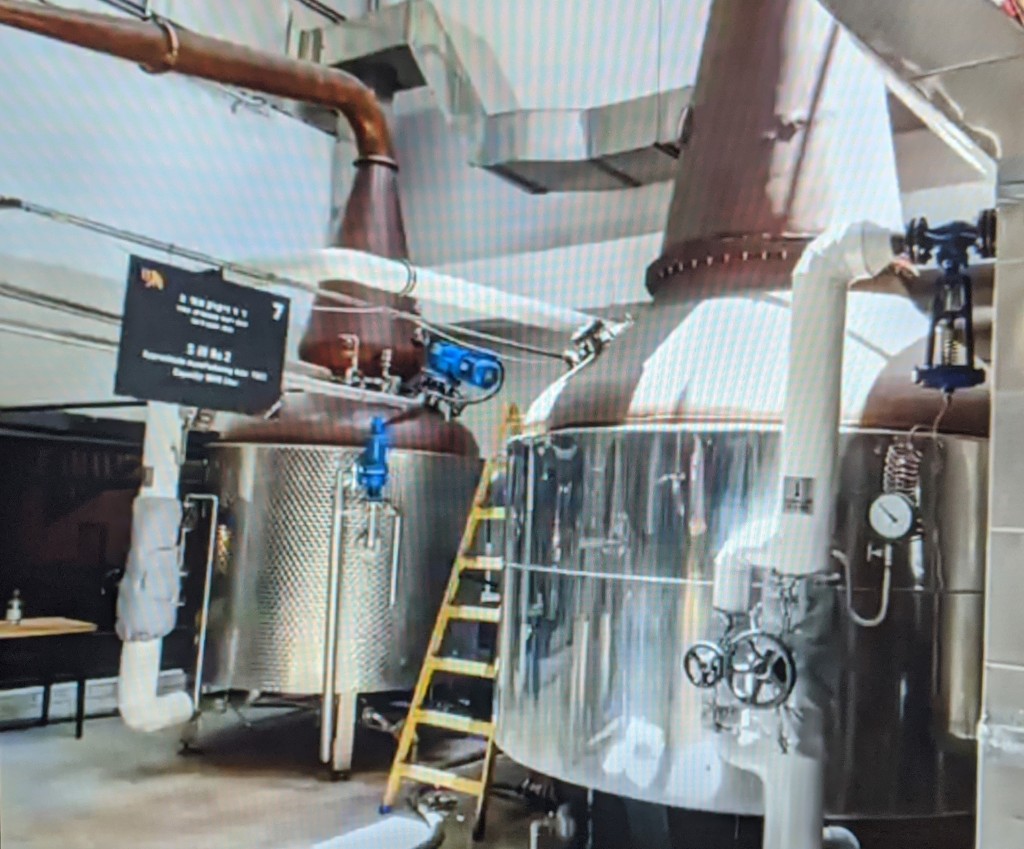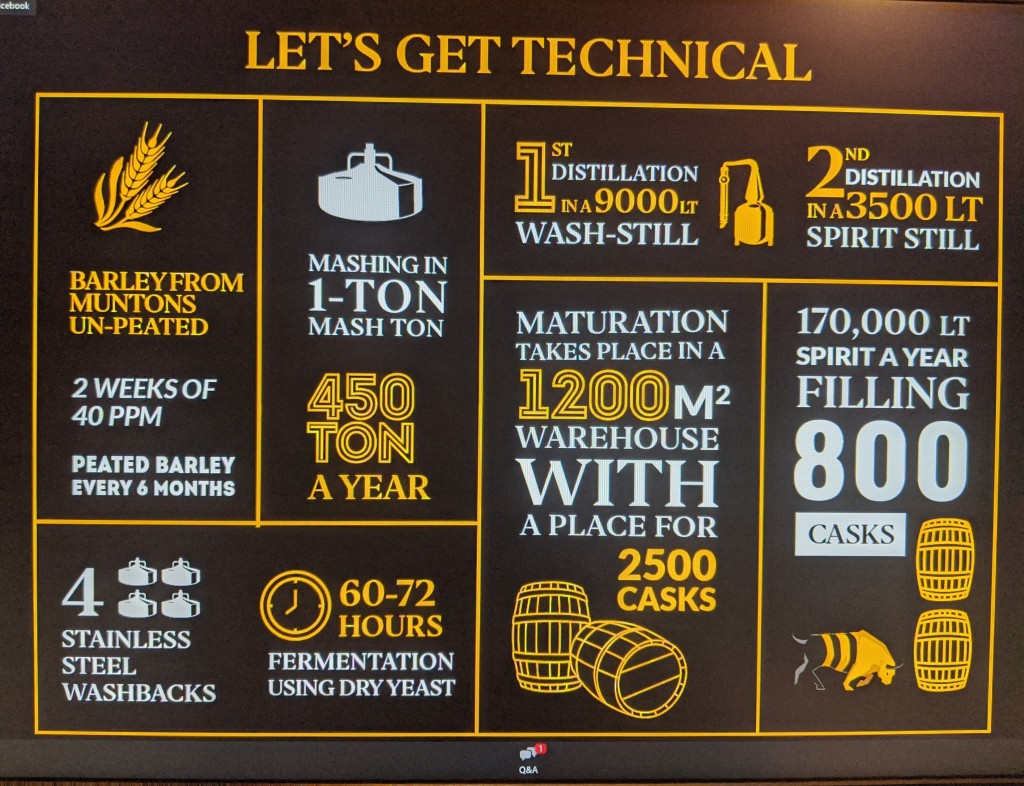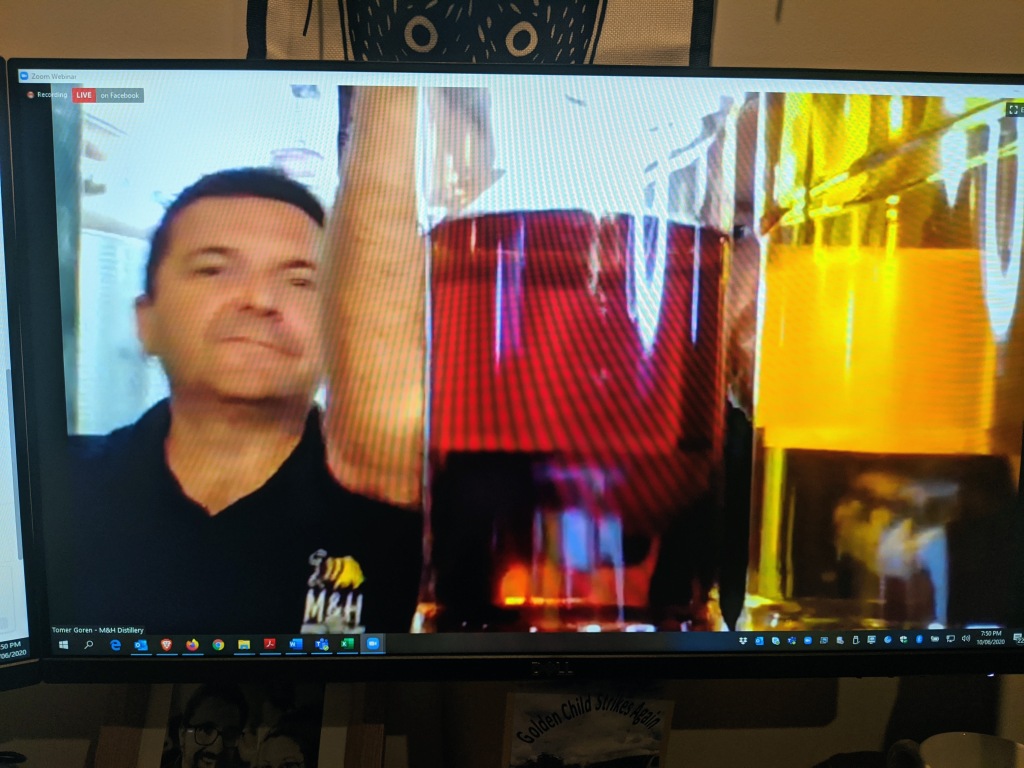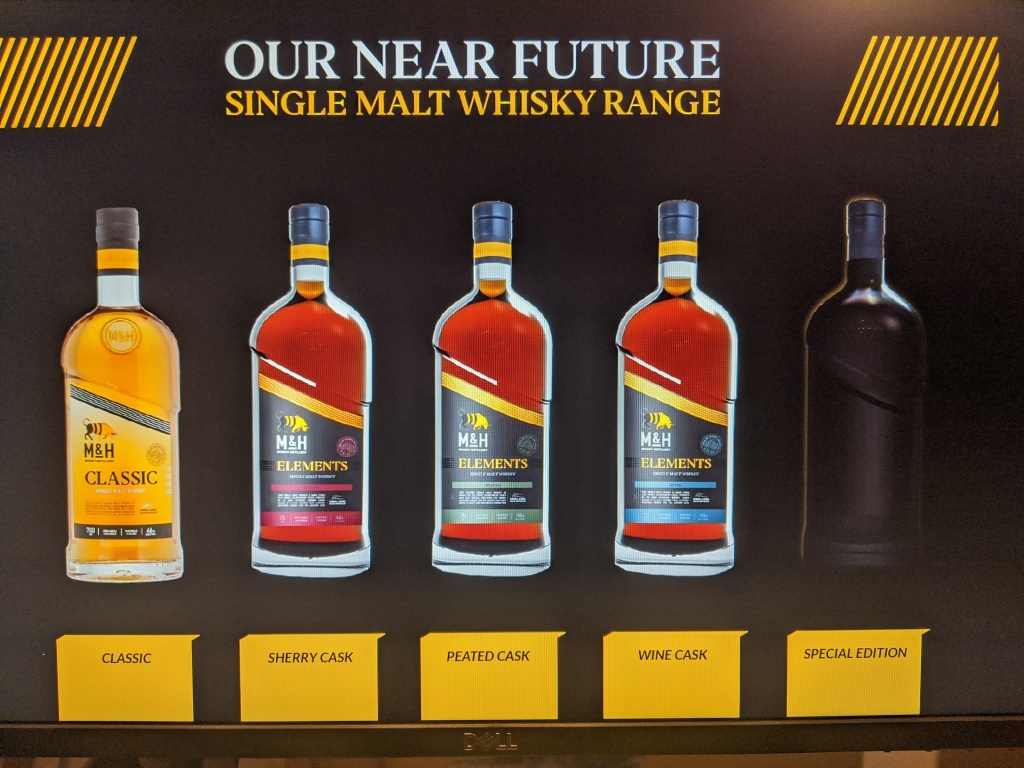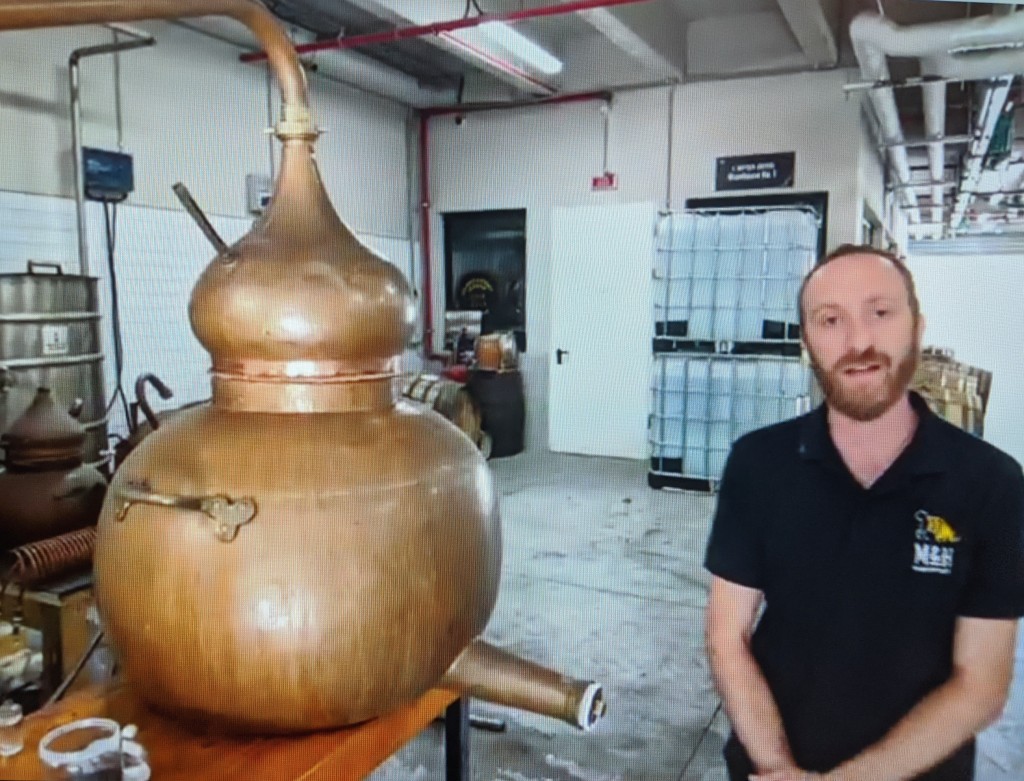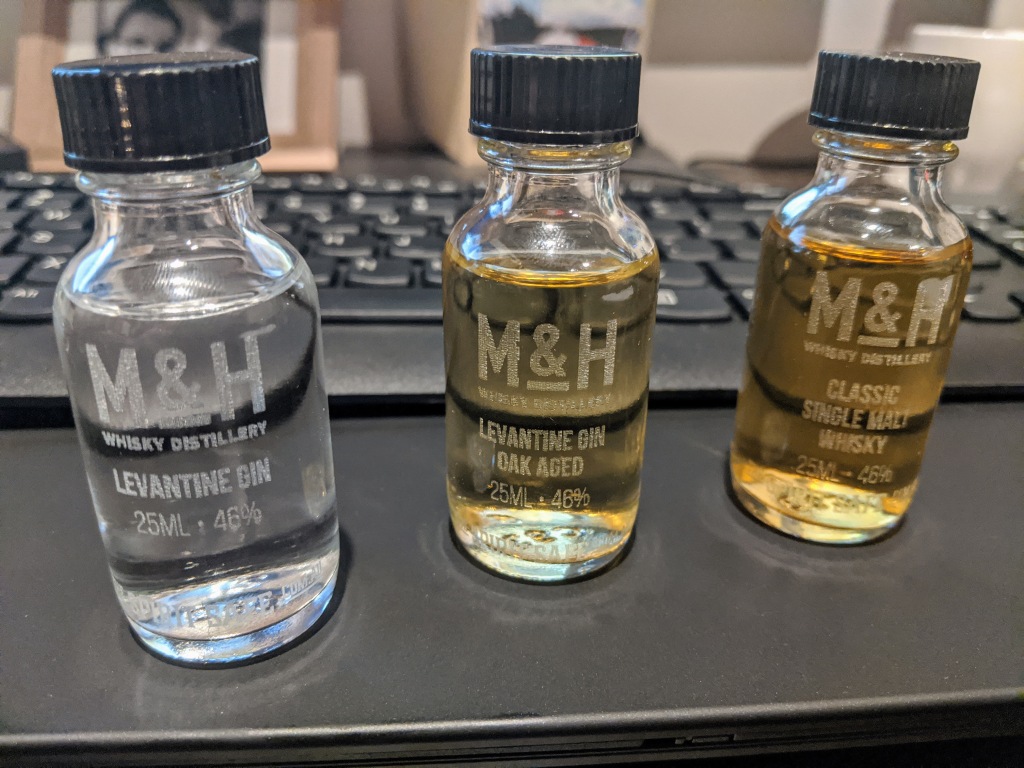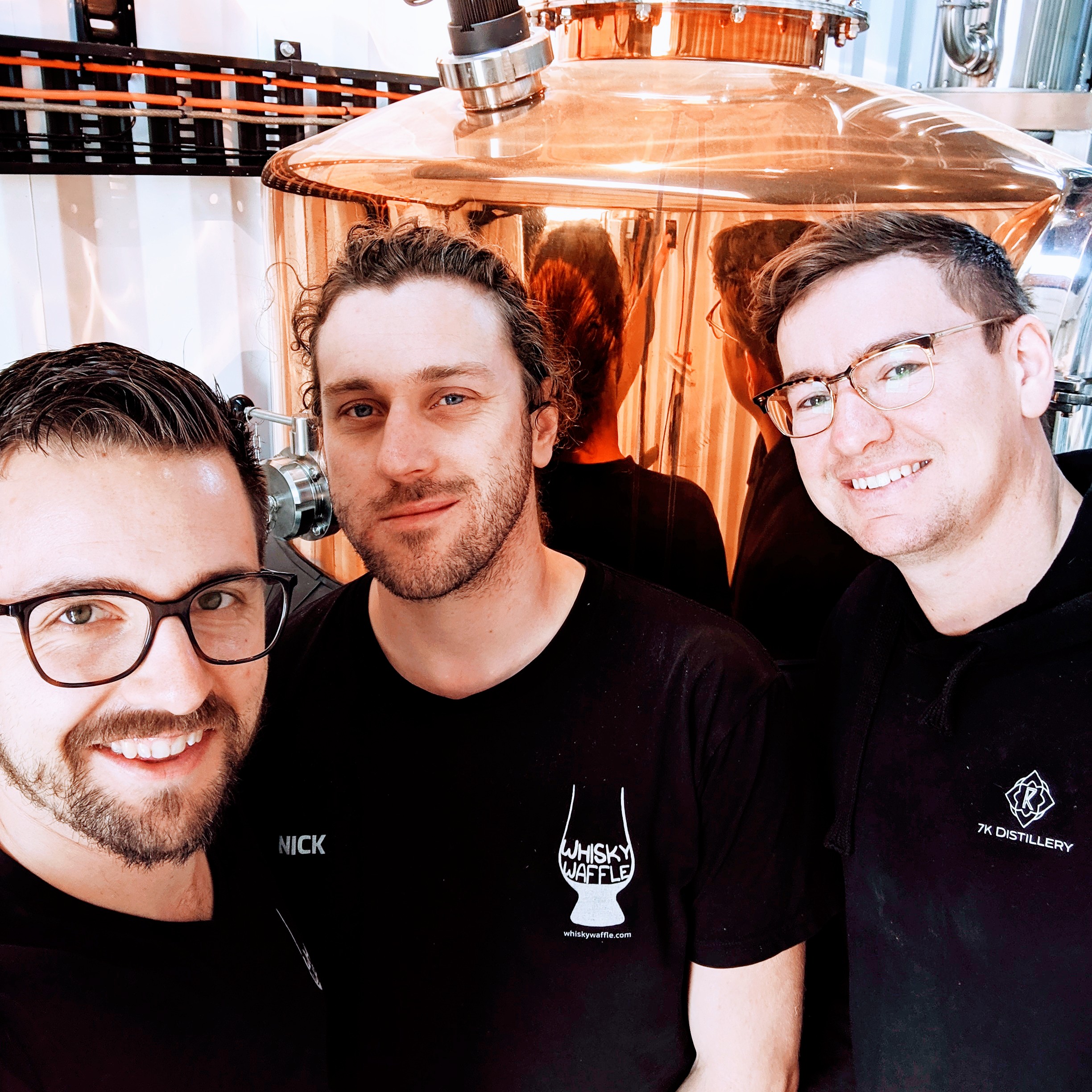Posted by: Nick and Ted
Well. 2020. We’re not going to forget you in a hurry. In a year such as this sometimes the only thing you can do is pour yourself a dram. And, hey, to celebrate making it out the other side we may as well make it a good one. Perhaps, even an award winning one! So, ladies and gents, behold: Whisky Waffle’s top drops for 2020!
The Isle of the Drammed Award for the best Tasmanian whisky
We’re super proud of the drams coming out of our home state and so have an award for the best one. This year the Isle of the Drammed Award goes to…
Heartwood A Serious Whisky
Welcome to a new chapter in Tasmanian whisky. For a while, local producers have played around with peat to various levels of success, but this is the first one that has properly nailed what Tasmanian peated whisky can be. It’s no Islay. It’s rich and syrupy but also roasted and smoky. It’s taken the best of Scottish peat and combined it with the sort of rich fortified casks that only Tim Duckett can get his hands on. The future is here. And it looks Serious.
The Drams Down Under Award for the best mainland Australian whisky
Not only do we recognise whiskies from our home state but we acknowledge those made across the water on the Australian mainland. There are plenty of new distilleries starting up but this year there was one bottle we couldn’t look past. The winner of the Drams Down Under Award is…
From Country to Coast
The From Country To Coast ‘Blackfleurieugate’ Collab is one of those things in life that you never knew you needed until somebody invented it. Heavily peated spirit from Black Gate aged in an Apera cask married with heavily peated spirit from Fleurieu aged in a Tawny cask and bottled at 48%. What. A. Combo.
The fruity, oily, salty flavours mixed with the peat are like having happy hour in a beachside smokehouse. A sweet and smokey Aussie duet, like Kylie Minogue and Nick Cave teaming up for ‘Where the Wild Roses Grow’, it’s a pairing that certainly makes you sit up an take notice.
The Tartan Slipper Award for the best Scottish whisky
We now venture back to what we still regard as the motherland of the whisky world. It’s where our love for the drop started, and where is continues to find new flames each and every year. This year, the Tartan Slipper goes to…
Ardbeg Corryvreckan
While we may have sampled this dram in a bar along the way on our respective whisky drinking journeys, 2020 was the year that Whisky Waffle fell in love with the Ardbeg Corryvreckan. There’s something peak-peat about it. Simple and yet chaos in a glass. No frills, just fire. It’s somewhat of a throwback to our early whisky drinking days when peated whisky was a thrilling new world. It’s exciting. It’s a roaring bonfire. It’s exactly what Islay should be.
The Pocket Pleaser Award the perfect pick for the parched penny pincher
It’s a fine line between buying all the whisky that you would like and not filing for bankruptcy. That’s why we have a value-for-money award which goes to a drop that we can purchase without worrying about where the next meal is going to come from. The 2020 Pocket Pleaser goes to…
Corowa Characters
Little brother of previous Whisky Waffle Golden Dram winner, the Bosque Verde, the Corowa Characters release celebrates the team at the distillery. Local Corowa legends The Boss, The Dreaded Distiller, The Fuzz and Muscles certainly know how to craft a character-driven dram.
The Characters uses American, French and Hungarian oak wine barrels from the Barossa and Rutherglen. Most are Shiraz, with some experimental Pinot Noir, Durif and white wine varieties thrown in for good measure. And the price, you ask??? Generally around $90AUD, which is phenomenal for a spicy little Aussie dram and proof that the market is maturing. Perfect for summer drams with mates.
The Weirdsky Award for the most WTF whisky
We like unusual. In fact, we actively seek it out! So each year we present an award to the weirdest flavours, cask types, origin story… whatever makes us scratch our heads the hardest. This year’s Weirdsky goes to…
Spirit Thief Belgrove Coasted Peated Malt
Tasmanian independent outfit Spirit Thief had a bit of relaunch at the end of 2020. We tried the prototype Shiraz and Temperanillo releases a couple of years ago, but since then Brett Steel has evolved the brand into a slick vehicle for exploring the depths of red wine casking.
The first bottles in the new range, Exploration Series 1, uses red wine varieties from all over the world, including Pinot Noir, Grenache, Bordeaux, Shiraz and Mataro. But there was one that really made our heads spin.
Take one portion super dirty, super funky, super cooked coastal peated malted Belgrove spirit, decant into a French Oak Cabernet Sauvignon cask for 28 months and let what can only be described as ‘The Alchemy’ happen. Satay sauce on slightly burnt peperkoek (spiced dutch gingerbread), it’s mad, complicated and weirdsky as balls. Not for the faint hearted, but definitely one for those who are adventurous of spirit. Love it, keep it up Brett!
The Bill Lark Award for service to the Tasmanian whisky industry
Once again we return to Tasmania, the state that kicked off the modern Australian whisky scene. However, instead of recognising a particular drop, we present an award to one of the amazing people pouring their heart and soul into making this little industry a success. The award bears the name of Bill Lark, recognised as the founder of the Tassie whisky movement. It goes to someone who has followed in his footsteps and continued to bring Tasmanian whisky to the world. This year the worthy winner of the Bill Lark award is:
Mark Littler
In the rapidly evolving Tassie whisky scene, it’s easy to forget about Hellyers Road, tucked away on the North West Coast of Tasmania. However, as two born-and-bred Burnie boys, Hellyers Road is our local distillery and has always welcomed us with open arms. In particular, head distiller Mark Littler has always had time for us, showing us new drops, teasing what’s to come and using us as examples to demonstrate his ‘chewing’ technique! He’s been front and centre of Hellyers Road for over 15 years and together with his team has brought Tasmanian whisky to the world through new export channels and visitors to the cellar door. Sadly 2020 was Mark’s last year with Hellyers Road and we Wafflers wish him all the best with whisky-retirement and all the varied projects still to come.
Hear from the man himself in our podcast episode 26 ‘Hellyers Road in the Bloodstream’.
The Golden Dram for the best dram whisky in the world
We close the awards for 2020 with the Golden Dram AKA the best whisky of the year. It doesn’t have to be the rarest, the most exciting, the most expensive or the most indulgent. It’s just the one we keep coming back to and thinking: this is a bloody good drop. And this year the Golden Dram goes to…
Tasmanian Independent Bottlers The Vatted Malt [3]
Please Mister Duckett, sir, we want some more!
When you go back for seconds, or even thirds (and we’re talking bottles here, not drams), it’s probably a good indication that the spirit is hitting all the right spots. We’ve been crushing hard on TIB’s The Vatted Malt [3] since it launched in March 2020.
A vatting of sherry casks TIB ?? 0015 & TIB ??016 (Archie Rose) and TIB AD 80 (Adams), the spirit is super syrupy and oily, with the sweetness of the sherry and the maltiness of the Archie Rose is cut by a tiny amount of the Adams, which adds a subtle dirty peat umami note. And it is gooooood!
Some people rate the Vatted [4], but we are firmly in Camp [3]. And for a mere $150, how could you say no!? Australian malted magic at its best – track down a bottle now while you still can.
Honourable mentions:
2020 was the year of Chardonnay casks! From the Dark Valley Bride’s Veil to the Hillwood Chardonnay Cask 10 we realised the potential this buttery white wine can offer.
The Founders Reserve award AKA the dishonourable mention goes to Archie Rose for tricking us into panic buying their single malt by making us all lose the ballot. Everyone, that is, except Ted, who found the golden ticket.
Finally, have some pictures of the littlest Waffler helping with the photos!
#2020WaffleAwards

